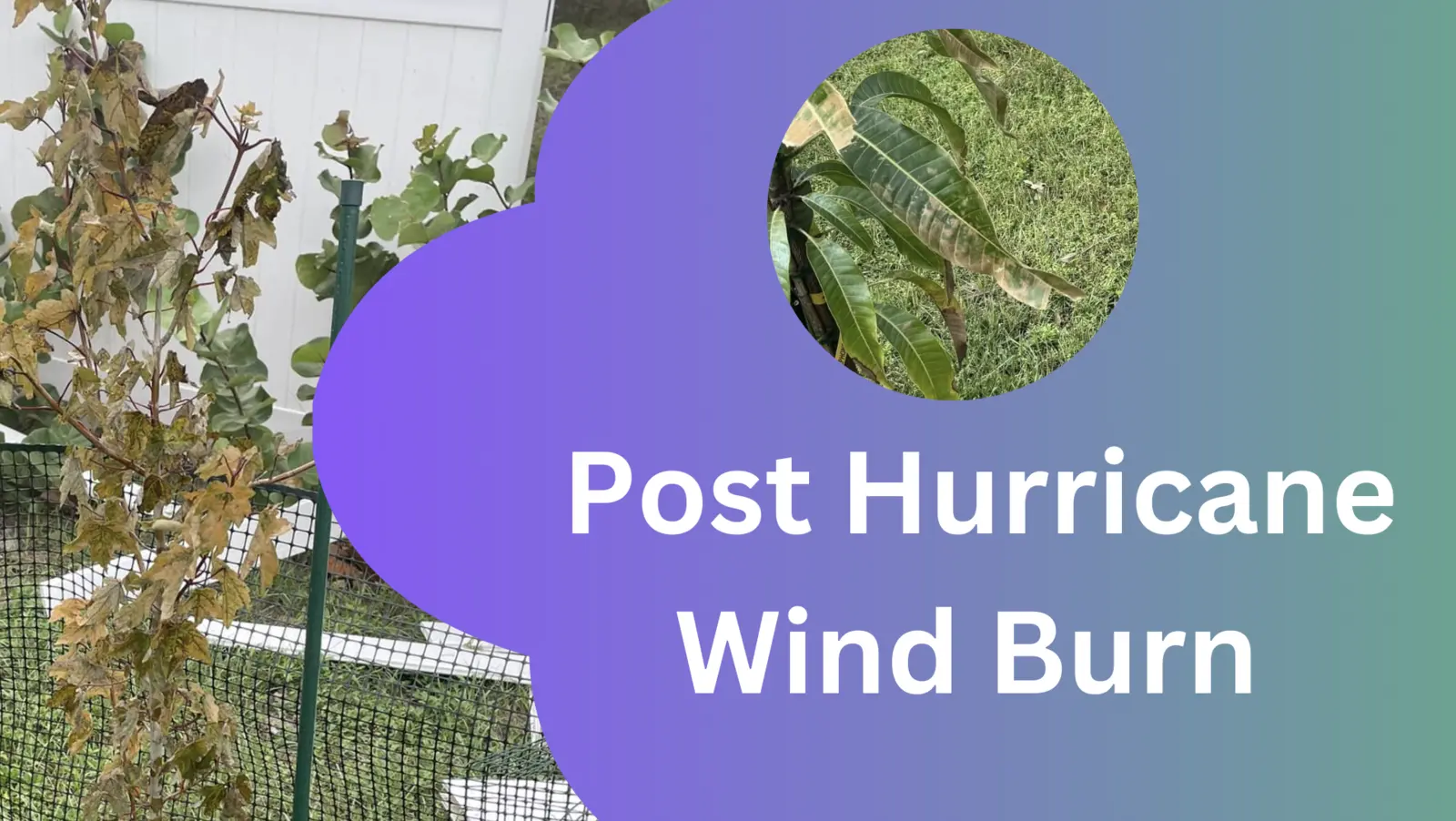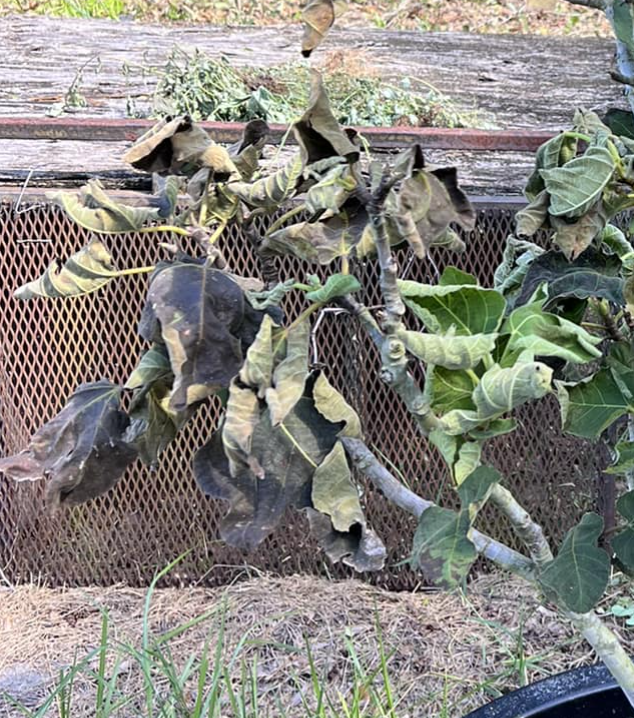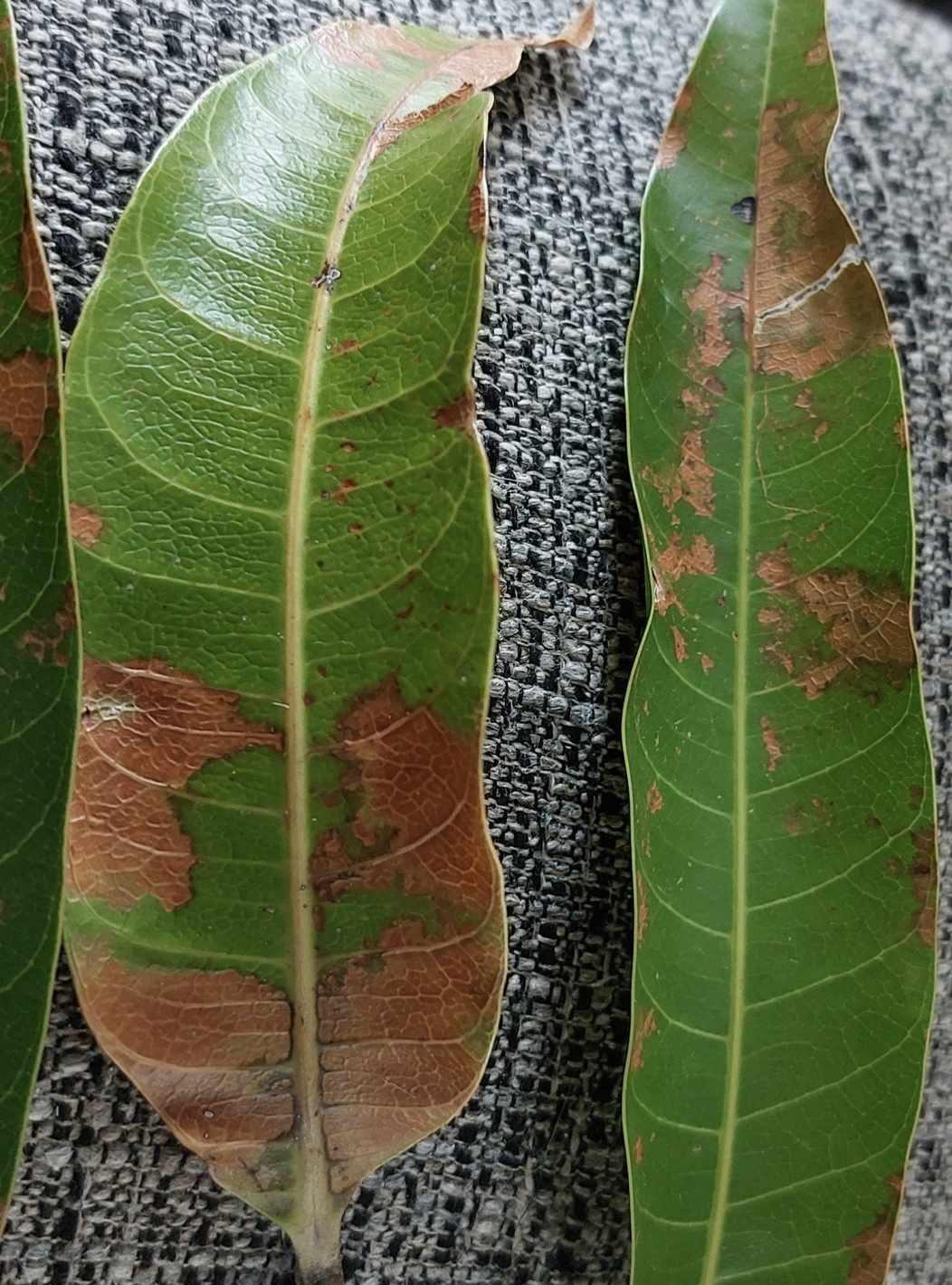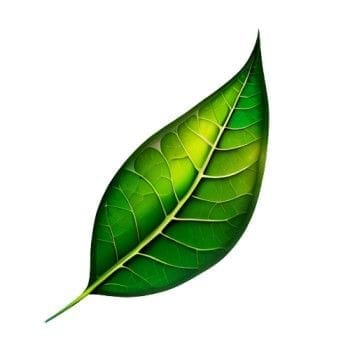
I am a member of multiple gardening communities and clubs. After each Hurricane, the most asked question is, "What happened with my plant leaves?" Even I have witnessed the wind burn on my plants and trees. You can notice the newly grown green leaves turning black or brown, curly, and scorched. In this article, I will guide you on what to do to help your plants recover from wind burn caused by Hurricanes.
If you are a regular reader, you might have already read my guidelines on How to Save Plants Flooded by Saltwater. Check this if you are in or near the coastal areas where there is a chance to get flooded by saltwater.
Note: If you do nothing, the native plants will recover fast. Most of the non-native plants will also survive but it will take time and growth speed will decrease due to the wind burn trauma.
How can you identify if the damage is from wind burn?
If you witness leaves turning black or brown and curling just after the Hurricane, that must be wind burn or salt-water effect. If you're far from the Bay Area with no chance of saltwater reaching your garden, but the leaves are still dying or dropping with the symptoms I mentioned earlier, it's likely the damage is due to wind burn.
Let's take a look at the pictures of heavy storm affected wind burned leaves:


You may get confused if you are living the the regions where saltwater and wind can affect your plants at the same time. The mango leaves you see in the above picture are due to the wind burn. The owner of the mango tree confirms that she is living in a place where it's impossible to get saltwater through Hurricanes. But you can get similar symptoms on the leaves due to the saltwater as well.
If you are from Florida and living in coastal areas I suggest you grow Florida Native Shrubs and Trees held up best in the storms.
What to do to recover the plants and trees from post Hurricane wind burn
Before jumping to what to do, you should take a look at these what not to do:
It's normal to go mad seeing damaged or dying hard-earned plants. Do not panic!
It might be tempting to prune off every damaged leaf or branch right away. But never do that.
Pruning Guide
Plants go through stress after a Hurricane. Please don't add any additional stress by pruning all the affected leaves. Hard pruning is not going to help your plant in any way.
- Remove or prune only broken or severely damaged leaves and branches.
- Do not touch the slightly damaged leaves. They will help your plant to recover by helping in photosynthesis. ( The plant needs natural energy )
You should focus on severely affected plants first as minor affected plants will recover on their own. It's the beauty of nature!
Watering Guide
If your plant is not affected by saltwater then no need to rinse the leaves of your plants. Just water the soil. In my previous article How to Protect Your Plants from Hurricanes, I already told you that you should water your plants well before the Hurricane as water helps your plants a lot to overcome the stress. If you somehow missed that guideline, water your plants thoroughly.
Note: Avoid overhead watering as the humidity remains high after storms and high humidity causes fungal diseases.
Someone might ask me why I recommend rinsing the leaves after affected by saltwater.
The answer is: You already know your plant leaves are affected by saltwater and the fungal diseases are just a chance that may happen. So its better to treat the problem your plant is going through at this moment. (Not the one that may appear in the future)
Provide shades temporarily if possible
Your plants are vulnerable to intense sunlight at this moment so provide them temporary shade.
No need to prevent indirect sunlight, just cover the midday sun.
Tip: You can use shade cloth or old bed sheets.
Provide Fertilizer with caution
I have seen a lot of people giving fertilizer to the plants after the Hurricane. I will never recommend that if you are not a fertilizer expert.
Nitrogen-based fertilizers can harm your plants at this time. Give your plants time to recover slowly on their own.
When you see slight improvement then try slow-releasing fertilizers or organic composts.
If you liked what you read, please subscribe to this site, it's free! (It motivates me to write more)



